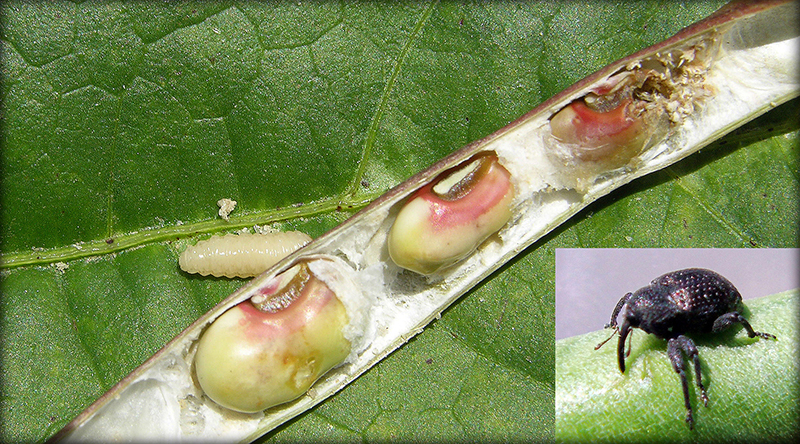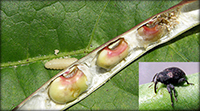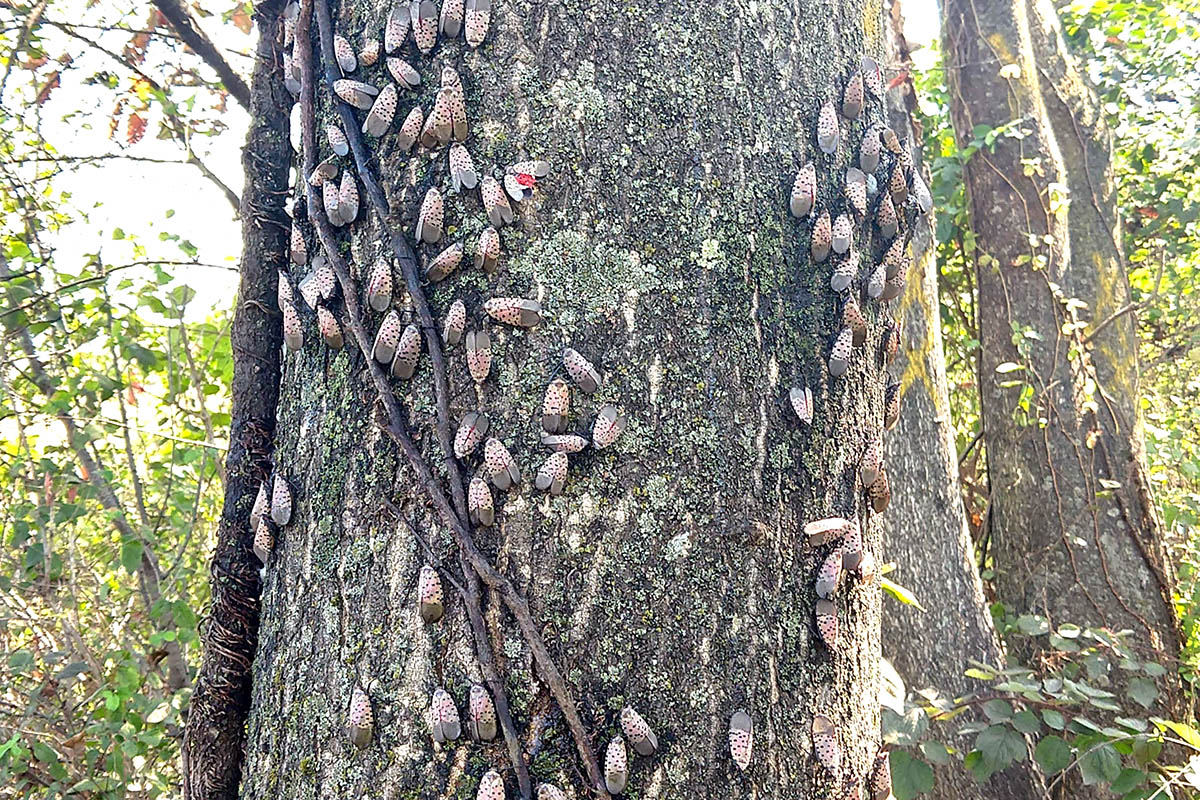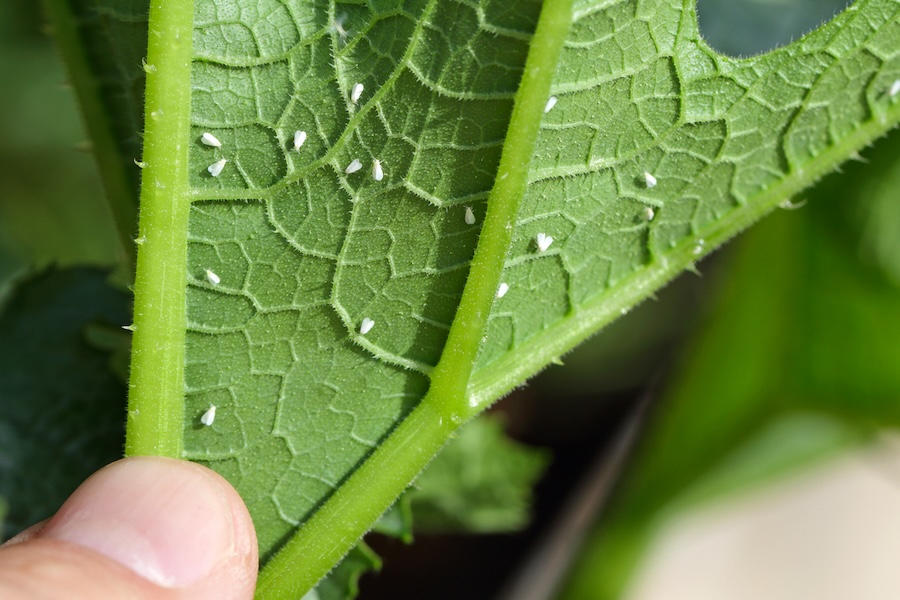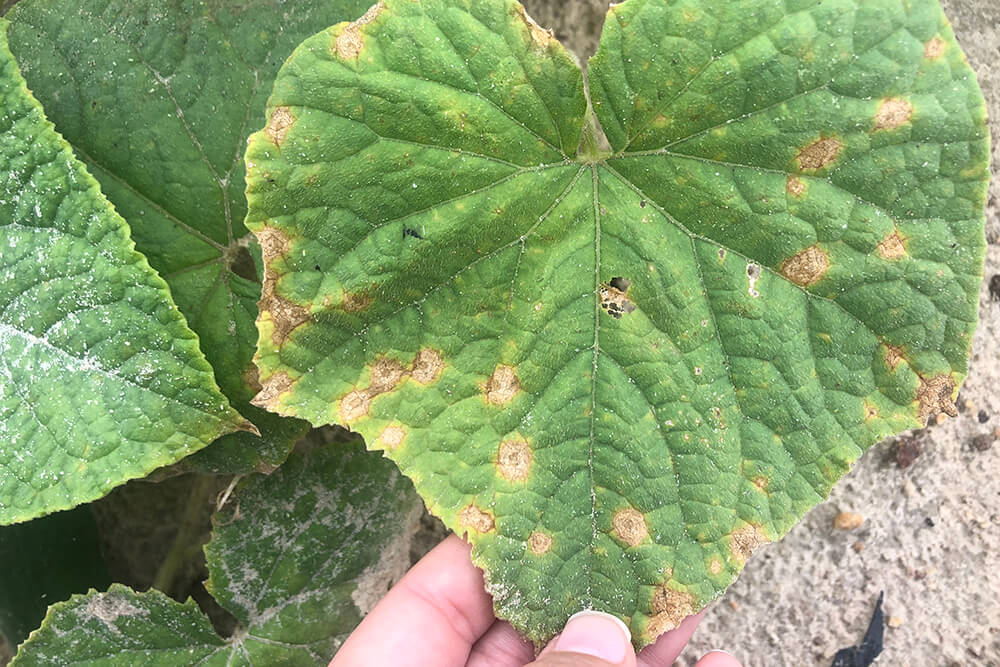Georgia vegetable farmers should scout for insects in young lima beans and snap beans now.
Caterpillars, stinkbugs and thrips are among the insects that could pose a threat as these beans start to bloom. Although seeing a few thrips in a bloom shouldn't worry you, finding many more could signal potentially significant damage.
The threshold for thrips per bloom is 10, according to University of Georgia Cooperative Extension entomologist Stormy Sparks. If there are 10 or more thrips in a bloom, the thrips should be knocked back with an insecticide.
High thrip populations can stunt plants, delay maturity and reduce yields.
Cowpea curculio is still the biggest, most troublesome pest for Southern pea farmers. Jenna Kicklighter, Colquitt County Agriculture and Natural Resources Extension agent, previously worked with UGA vegetable entomologist David Riley on measures to control the pest.
“As far as I know, nothing has changed as far as methods for controlling the weevils. We still only have pyrethroids labeled for control,” Kicklighter said. “Also, the last time I spoke with Dr. Riley, Karate insecticide seemed to have greater efficacy than the other pyrethroids. If the curculio population is high enough, they can knock blooms off, so be on the lookout for that.”
The first spray for cowpea curculio should be initiated at first bloom and sprayed at a short interval, every three days or so.
UGA Extension vegetable specialist Tim Coolong says boron foliar sprays can help with flowering and pollination in plants. Beans are self-pollinating, and the pollination window is very short.
Expect to see significant loss if the weather is poor during pollination. Boron application at flowering may not make a huge difference in yield if the pollination conditions are not ideal.
For timely information about agriculture in Georgia, visit the Wilcox County Ag blog at site.extension.uga.edu/wilcoxcoag/.

